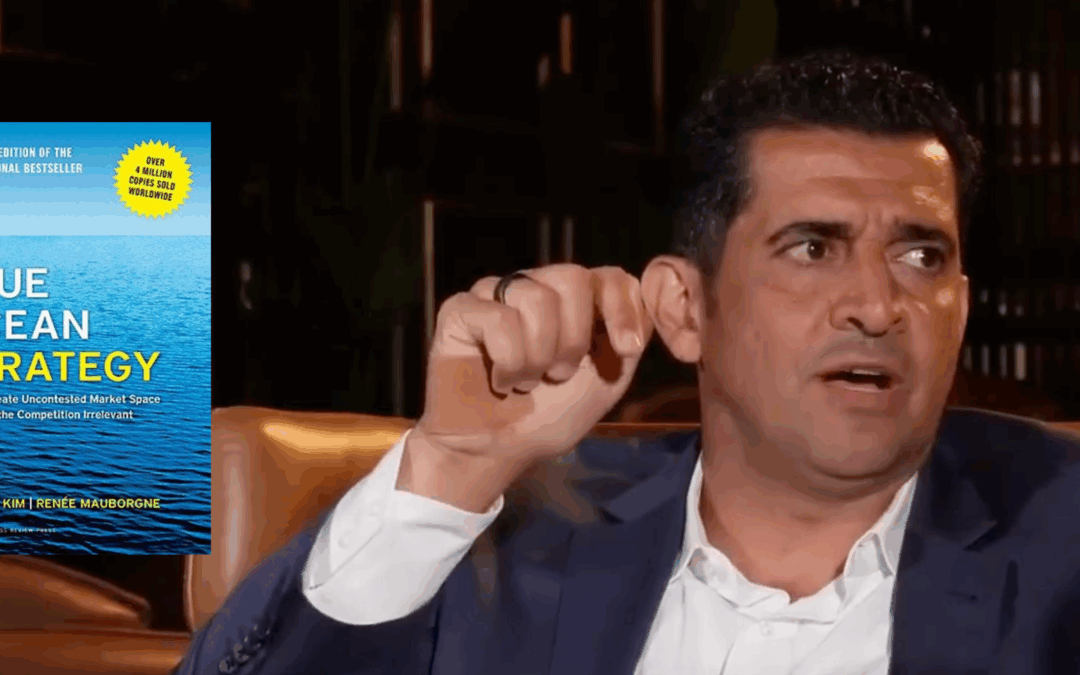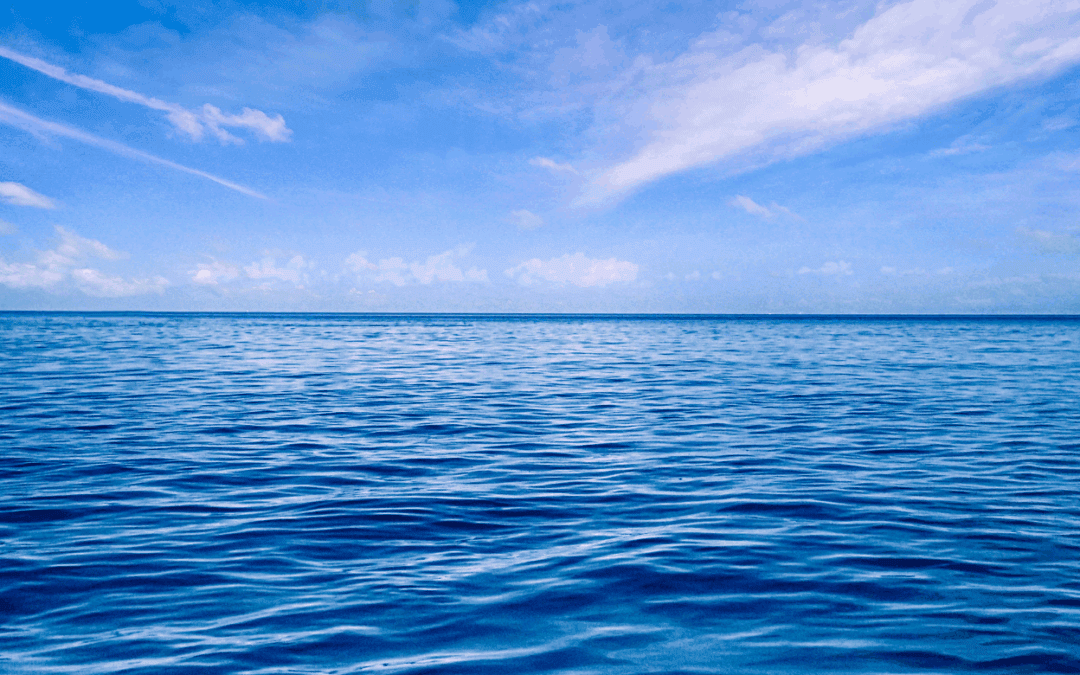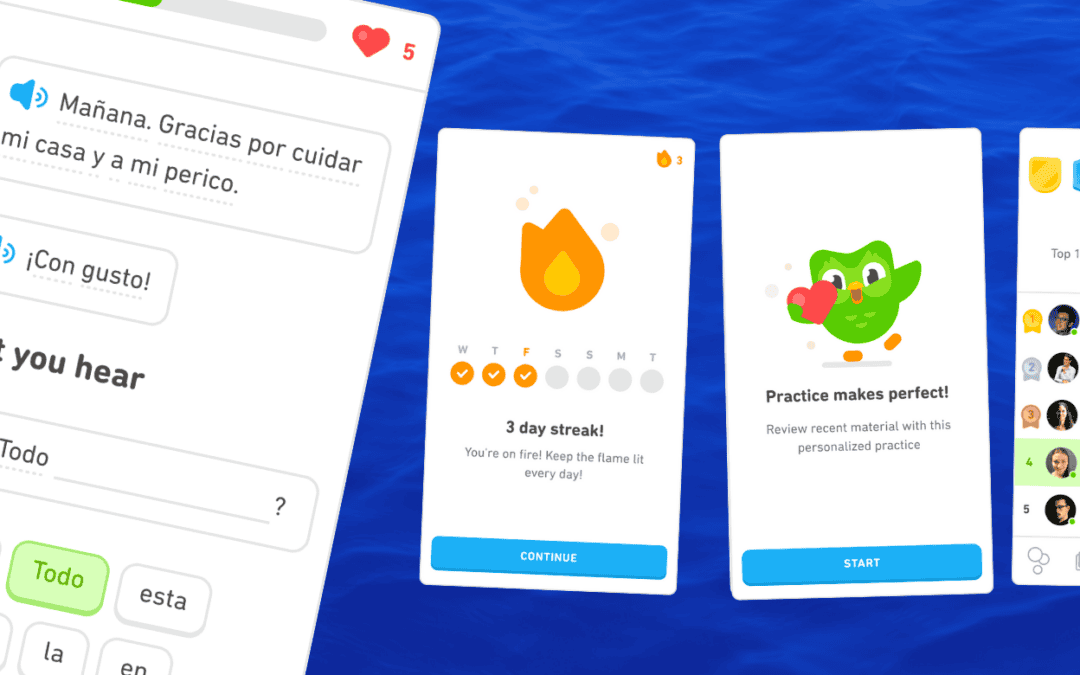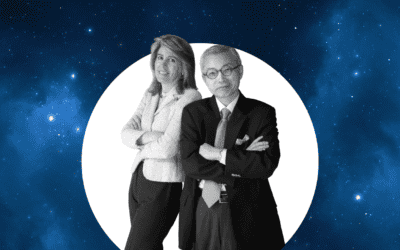Do you see what your customers and noncustomers see? Are you aware of the pain points your industry imposes on them?
Pain points are aspects of a business, product, or service that buyers, knowingly or unknowingly, are forced to put up with or find so inconvenient that they turn to alternatives.
But what if you could identify these pain points and get a clear picture of how they limit the appeal and size of your industry?
Pain points: blocks to utility and hidden opportunities
Utility captures the satisfaction that buyers get out of a business, product or service. Blocks to utility have the opposite effect. These are the difficulties or pain points an industry imposes on buyers.
Pain points, which are often hidden, also represent opportunities to grow your business. However, most industries become blind to them, just as buyers often become numb to them, in the belief that these pain points are simply the way things are.
So how can you identify your customers’ pain points? And how do you know which ones are worth solving? To help you get a snapshot of how your industry is blocking utility for buyers, we developed the buyer utility map – the second in a series of market-creating tools that make up the blue ocean shift process.
Identify the pain points your customers and noncustomers face
The buyer utility map will give you and your team insights into how your industry – even if it’s a fiercely competitive one – limits its demand by creating pain points for current and potential buyers. The map will help you see where blue oceans of uncontested market space exist and how to create them.
As we lay out in Blue Ocean Shift, the map outlines the full range of experiences buyers have (from purchase to disposal) and helps you identify all the ways an industry delivers utility to buyers. More importantly, it shows where the industry blocks utility and reveals hidden opportunities to break away from the competition and expand the size of the market.
Experience what your buyers experience
A buyer’s experience can be broken down into six distinct stages, what we call the ‘buyer experience cycle’. These experiences run more or less in sequence from purchase to delivery, use, supplements (buying an add-on for example), maintenance and disposal. Interestingly, many industries focus on one or two stages of the buyer experience cycle and overlook all the opportunities offered by the remaining stages.
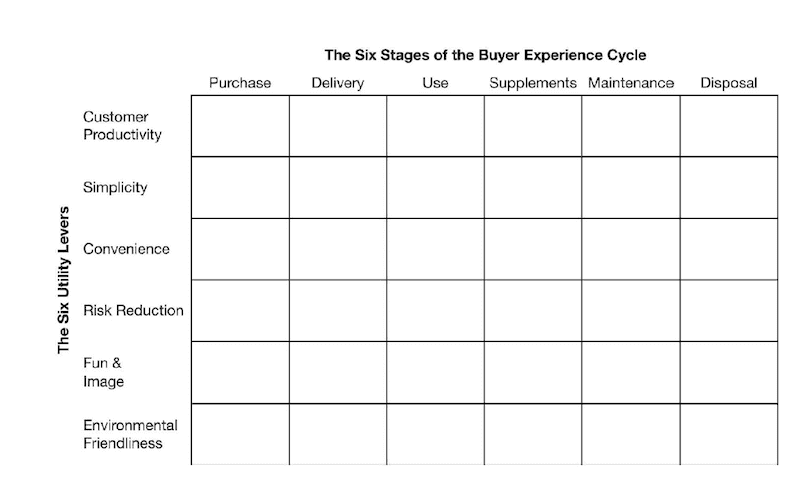
The buyer utility map © Chan Kim & Renée Mauborgne, Blue Ocean Shift: Beyond Competing – Proven Steps to Inspire Confidence and Seize New Growth.
Each stage of the buyer experience cycle encompasses a variety of specific experiences. For example, in a store, the purchase stage may include searching for the product you want, lining up at the cash desk, and so on. The six stages present a generic template of the buyer experience cycle, but you might want to customize them to fit your industry.
Running down the vertical axis are the six utility levers, some of which you might pull to offer buyers greater utility.
- The first is productivity, that is, anything to do with efficiency – less time, effort, and/or money – in fulfilling buyers’ needs.
- Then we have simplicity, which is anything that eliminates or minimizes complexity or hassle.
- Convenience is about when and where you want something, like 24/7, 365 days a year.
- Risk reduction might include financial, physical and reputational risk.
- Fun and image are things like the look, feel and attitude the offering conveys.
- And last, environmental friendliness is about how green your product or service is, and what this might mean for buyers.
Combined with the six stages of the buyer cycle, the map produces 36 potential utility spaces. Where does your industry or target industry concentrate its efforts among these 36 possible spaces?
Few industries or organizations realize how many utility spaces they could explore or, on the flip side, the narrowness of their current focus.
You can discover blue ocean opportunities by widening your focus and exploring the map more fully. This is true for even the most commoditized and highly competitive industries.
From pain points to opportunities: ActiFry and the French-fry industry
A great example is the French multinational, Groupe SEB, whose electric French fry makers were struggling to stand apart in a market that was shrinking 10% a year. Seeing the need to break out of this intense competition, Christian Grob, head of electric cooking, set out to challenge the industry’s most basic assumptions.

Actifry turned pain points into opportunities
Using the buyer utility map, Grob and his team discovered two facts that the industry accepted without question. The first was that, to make French fries, you had to fry them. The second was that frying required a lot of oil.
These assumptions led the industry to overlook a host of problems. All that cooking oil was expensive, and dangerous when hot. Cleaning it up and disposing of it was difficult. Using so much oil was also unhealthy and fattening.
Grob and his team challenged the accepted wisdom and redefined the problem. Rather than try to come up with the best-in-class fryer, they concentrated on how to make delicious, healthy fries without frying them in lots of oil.
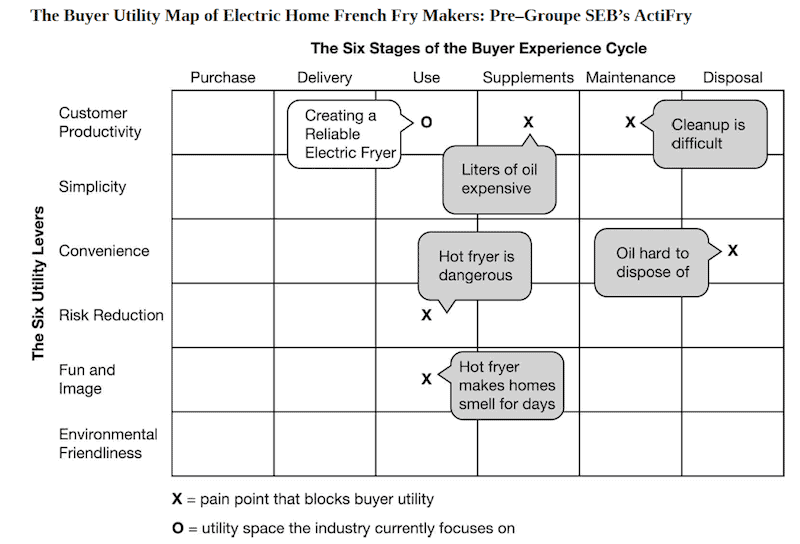
© Chan Kim & Renée Mauborgne, Blue Ocean Shift: Beyond Competing – Proven Steps to Inspire Confidence and Seize New Growth.
The result was ActiFry, a new type of French fry maker that used only one tablespoon of oil to make two pounds of fries, with roughly 40% fewer calories and 80% less fat. Not only that, but the appliance is easy to clean and has no safety or oil disposal issues.
The winning combination of low calories and delicious fries inspired Oprah Winfrey to tweet about how much she loves her ActiFry. Not only did demand outstrip supply across Europe, but after Oprah’s comments, Groupe SEB’s stock price jumped 5% based on this one product. To this day, Actifry remains one of Groupe SEB’s greatest successes, with sales worth € 1 billion worldwide.


